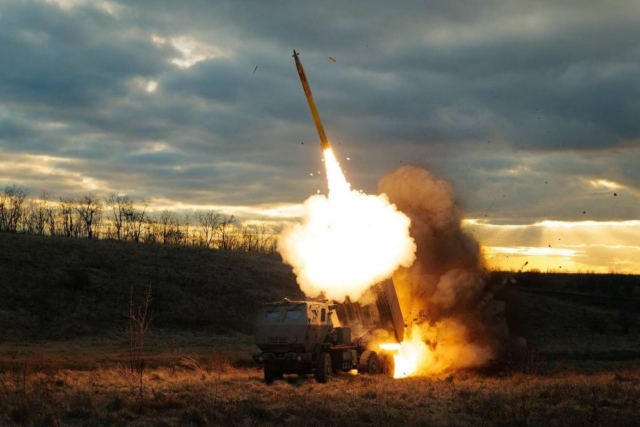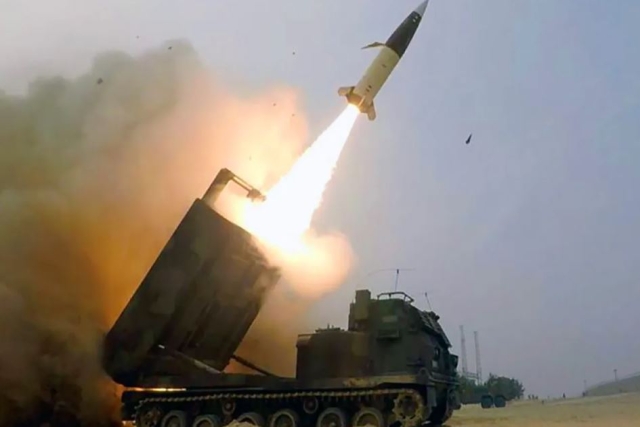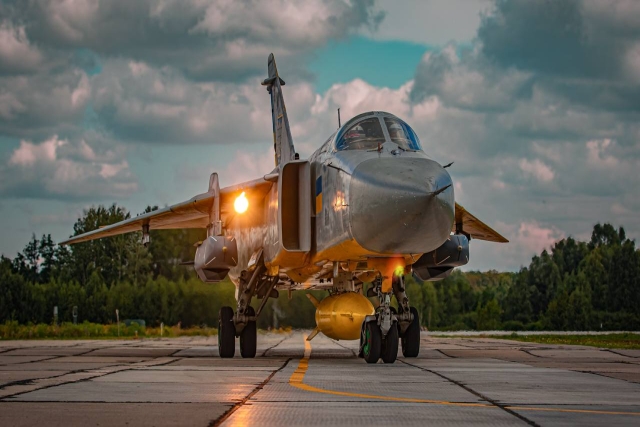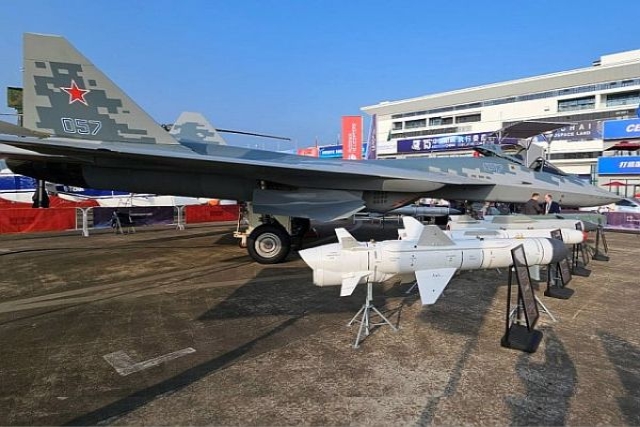ATACMS Aid to Ukraine Restricted by U.S., Russia Relocates Airfields
Russian casualties are averaging about 1,200 per day: Pentagon

The U.S. has opted to retain most of its stockpile of ATACMS missiles, citing their high costs, while Russia has relocated airfields beyond the range of these weapons.
Through presidential drawdown authorities, the U.S. has been providing Ukraine with various weapons, including Army Tactical Missile Systems (ATACMS). “These systems are costly and in limited supply, so the U.S. will not deplete its reserve as it has to consider its own readiness,” said Deputy Pentagon Press Secretary Sabrina Singh during a media briefing.
According to Singh, Russian casualties are averaging about 1,200 per day.
Singh noted that Russia has moved its airfields out of ATACMS' range, which has a maximum distance of approximately 300 km.
ATACMS missiles, built by Lockheed Martin, are launched from either the tracked M270 MLRS or the wheeled M142 HIMARS, costing around $1.5 million (£1.2 million) each. Powered by solid rocket propellant, they follow a ballistic trajectory, making them hard to intercept.
They can carry two types of warheads: a cluster variant with bomblets targeting lighter-armored units, air defenses, or troops, though with a risk of unexploded remnants, and a 225kg high-explosive warhead designed for hardened facilities.
ATACMS are being phased out for the U.S. Army's next-generation Precision Strike Missile (PrSM), capable of reaching 500km. However, Ukraine is not expected to receive this newer system.
The ranges of weapon systems used by Ukraine and Russia vary depending on the munitions supplied. Ukraine employs ATACMS ballistic missiles with a range of up to 300 km, HIMARS multiple-launch rocket systems with an 80 km range, and M777 howitzers capable of reaching 40 km. On the Russian side, Iskander SS-26 ballistic missiles have a range of 500 km, Tornado-S multiple-launch rocket systems reach up to 120 km, and 2A36 Giatsint-B howitzers also have a range of 40 km.
Ukraine has effectively used other capabilities, such as unmanned aerial vehicles (UAVs), to target weapons storage facilities beyond ATACMS' reach.
Earlier reports claimed that the U.S. has allowed Ukraine to use ATACMS missiles inside Russia, marking a shift in policy. Ukraine previously used these missiles in occupied Ukrainian territory but was barred from targeting Russian soil. The decision may be linked to North Korean troop support for Russia in the Kursk region and concerns about Donald Trump's return to the White House, which could affect future U.S. support for Ukraine.
Singh stated that approximately 11,000 North Korean troops are currently in Russia’s Kursk region, though there is no evidence of additional troops entering the country or engaging in combat. However, she emphasized the likelihood of their eventual involvement. "They're moving into Kursk for a reason. We have every expectation that they would be engaged in combat operations," she said.
The U.S. views North Korea as cobelligerents with Russia, with North Korean troops having begun entering Russia last month.

Ukrainian President Volodymyr Zelensky has not confirmed the decision but hinted at upcoming strikes. Ukraine is expected to use ATACMS to defend its position in Kursk, targeting Russian military bases and infrastructure. While unlikely to decisively change the war's outcome, the missiles could stretch Russian supply lines and improve Ukrainian morale.
The move may also prompt the U.K. and France to permit the use of Storm Shadow missiles inside Russia. However, questions remain about the limited availability of ATACMS, and Russia has moved military assets further from the frontlines in anticipation.
The decision has drawn mixed reactions. Critics argue it could escalate the conflict, with Vladimir Putin warning of a NATO-Russia war if Western weapons target Russian territory. Others, including former U.S. officials, say prior restrictions on Ukraine's self-defense were arbitrary. The policy shift could increase pressure on Russia but raises concerns over future U.S. support, particularly under a Trump administration that may reduce military aid to Ukraine.













